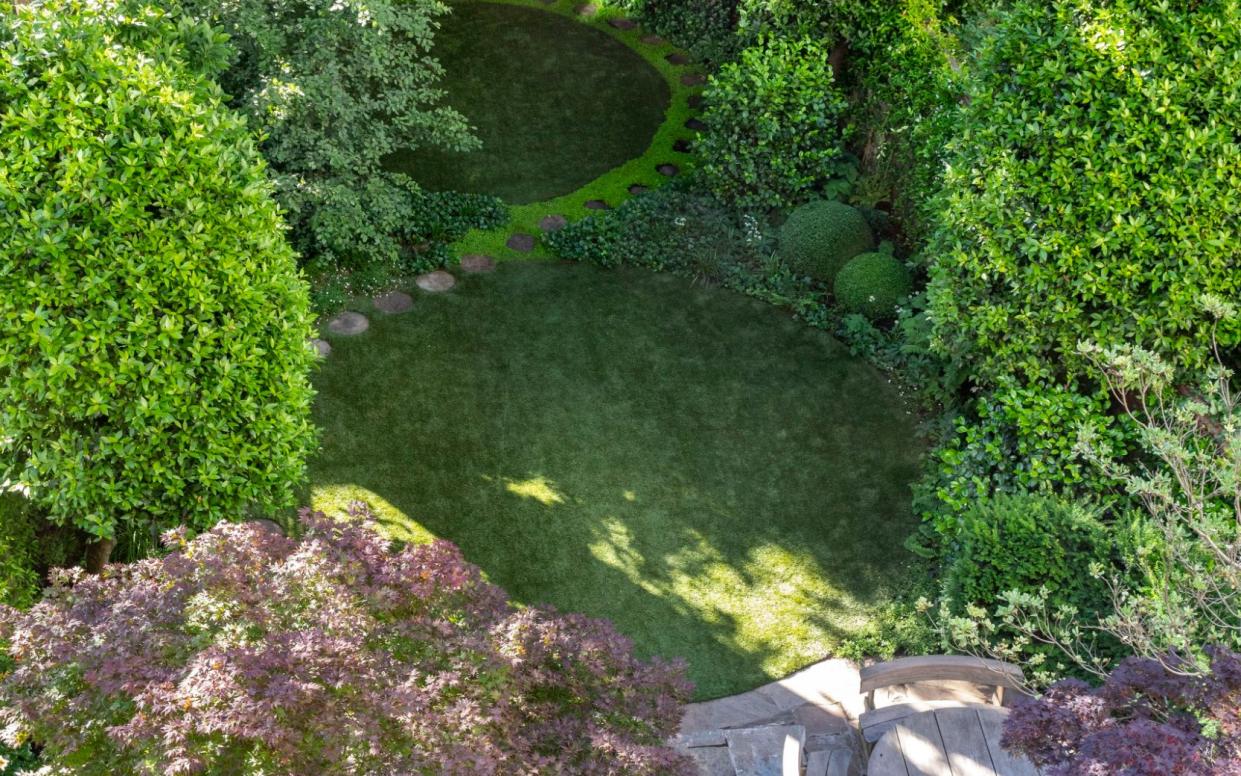Artificial grass row as conservationists say trend for plastic lawns in gardens is harming wildlife

The new trend of carpeting lawns with artificial grass has been criticised by wildlife charities, who say it is killing off bugs and vital pollinators.
People who do not have time to regularly mow their lawn are switching to sterile plastic, and the Royal Horticultural Society said this behaviour seems to be on the rise.
The problem with fake grass is that it does not allow wildlife to survive, as it does not provide habitat or food, and our gardens are important havens for insects, birds and mammals.
Guy Barter, RHS Chief Horticulturist, said that he has seen rising demand for plastic grass, adding: “Anecdotally there are many reports of increasing demand for fake grass, but to the best of our knowledge they has been no formal survey.
"There are greener alternatives; shade plantings for areas where it is too shady for lawns, drought resistant plantings for areas where lawns don‘t thrive due to lack of soil moisture and for front gardens where mowing can be difficult, low maintenance plantings”.
There was a row on Radio 4's Today Programme on Friday morning as Mishal Husain revealed she has carpeted her garden with plastic turf. The presenter said: "If you have plants around your artificial turf, then you still get butterflies."
John Humphrys , who was co-presenting, said fake grass is "ghastly", adding: : "But the artificial turf kills everything else, it kills everything underneath it".

The Wildlife Trusts said the trend means gardeners are "putting up a no entry sign for wildlife" and it harms all animals, from worms to hedgehogs.
Jon Traill, Living Landscapes Manager, Yorkshire Wildlife Trust said: “Laying an artificial lawn is like putting up a no entry sign for garden wildlife. Artificial turf is terrible for birds, butterflies and bees, and creates further plastic pollution. It stops the birds from finding worms, as they would on a real lawn, and pushes the worms out of gardens entirely. Hedgehogs lose out too, because worms and beetles make up a lot of their diet.
“People look to artificial lawns for convenience, but just don’t realise what negative consequences they have for our wildlife.
“With an estimated 24 million gardens in the UK, the amount of green space we can create makes a big difference to the natural world. Collectively our gardens are a vast living landscape, and increasingly important as a refuge for our wildlife.”
Flowers are food for butterflies and bees, while lawns with long grass give a refuge for ladybirds during the winter. Birds and small mammals feed on the bugs which thrive in lush vegetation.
A Butterfly Conservation spokesperson said: “We cannot prove a link between the decline in butterfly population in the last ten years and gardening habits, but if we want to encourage all wildlife into our gardens it helps to have as much vegetation as possible. What we do know is that urban butterfly numbers have fallen by almost three quarters in the last 20 years and loss of habitat is certainly a factor in this.”
A study carried out by the wildlife charity found that over a 20-year period, urban butterfly abundance fell by 69 per cent compared to a 45 per cent decline for butterflies in rural areas.

 Yahoo News
Yahoo News 
